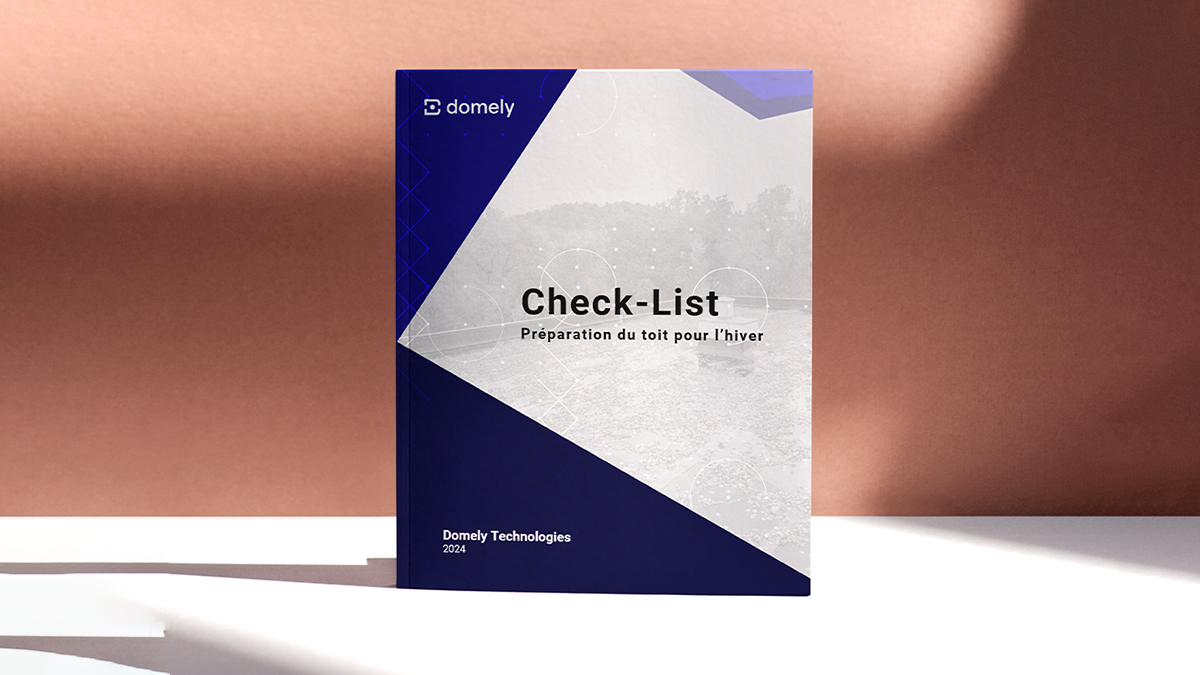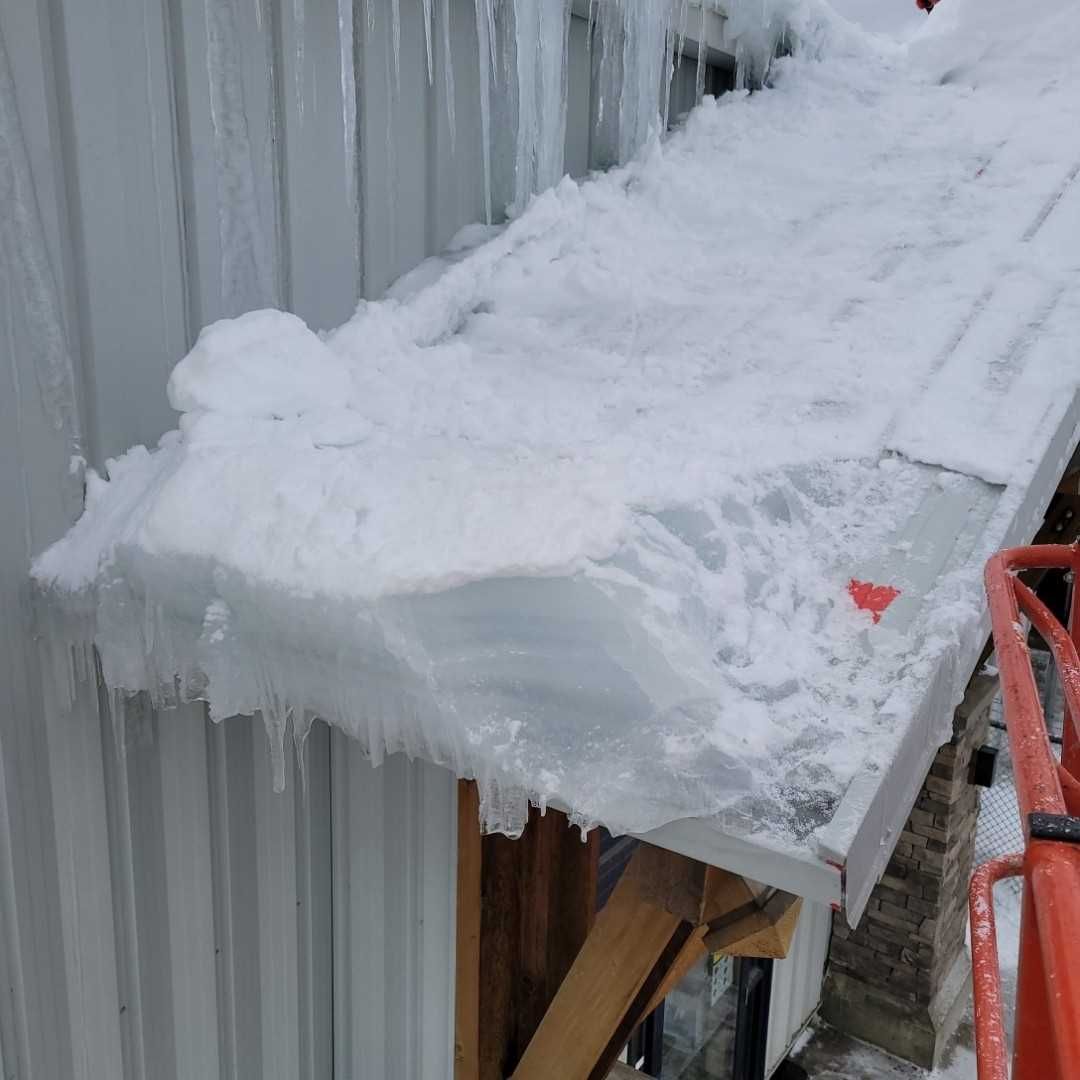
 Article
Article
 Article
Article

Winter's beauty often comes with a hidden burden: snow. While a snow-covered roof might look picturesque, it can also pose a serious threat to your building's structural integrity. Understanding roof snow load is crucial for ensuring the safety of your building and its occupants.
Many people mistakenly believe that simply eyeballing the snow depth is enough to gauge the risk. However, this is a dangerous misconception, especially in a changing climate . Relying solely on snow height is like judging a book by its cover—you're missing the full story.
This article will delve into five essential aspects of roof snow load, debunking common myths and empowering you with the knowledge to make informed decisions about winter roof management.
With respect to climate change, the question arises as to whether the risks relating to snow loads will increase. The future probability of a continuous snow cover occurrence with frequent freezing/thawing cycles will probably decline due to predicted higher temperatures. However, where temperatures remain low, an increase in winter precipitation will result in increased snow loads. Furthermore, the variability of extremes is predicted to increase. If heavy snowfall events are more frequent, the risk of a trigger event will likely increase.
Roof snow load refers to the downward force exerted on your roof by the weight of accumulated snow and ice. It's a critical factor in structural engineering, as excessive snow load can lead to:

While snow depth is a factor in determining snow load, it's not the whole picture. Here's why:
Snow can be light and fluffy or dense and wet, depending on temperature, humidity, and other weather conditions. A foot of fresh, powdery snow weighs significantly less than a foot of compacted, wet snow. For example, a cubic foot of fresh powder snow might weigh around 7 pounds, while the same volume of wet, packed snow could weigh up to 20 pounds. This means that two roofs with the same snow depth could have vastly different snow loads.
Can you really tell the difference just by looking?

A seemingly shallow layer of snow might conceal heavier layers of ice or compacted snow beneath, making visual estimations unreliable. For instance, rain falling on snow can seep through the snowpack and freeze, creating a hidden layer of ice that significantly increases the weight without changing the visible snow depth.

Wind can create uneven snowdrifts, concentrating heavy loads on specific areas of the roof, even if the overall snow depth appears manageable. This is particularly common on roofs with complex shapes, multiple levels, or obstructions that can trap snow, like mechanical units. These drifts can create concentrated stress points, exceeding the capacity of certain roof sections even if the average snow load is within acceptable limits.

Understanding the factors that influence snow load is essential for accurate assessment and effective roof management:
Areas that receive heavier snowfall naturally have higher ground snow loads, which directly impact roof snow load calculations. Building codes, such as the National Building Code, take geographic location into account when specifying snow load requirements for building design. For example, the National Building Code assigns higher snow load values to regions with historically heavy snowfall, like coastal areas or mountainous regions.
Steeper roofs shed snow more easily than flat or low-sloped roofs, reducing the snow load. However, complex roof geometries can create areas prone to snowdrifts, increasing the load in those spots. The National Building Code provides guidelines for calculating snow loads based on roof slope and shape, taking into account factors like valleys, dormers, and other architectural features that can influence snow accumulation.
Smooth surfaces, like metal roofing, allow snow to slide off more easily than rough surfaces, like asphalt shingles. This is why metal roofs are often preferred in areas with heavy snowfall, as they naturally reduce the snow load and minimize the risk of ice dams.

Heat escaping from a building can melt snow on the roof, which can then refreeze, forming heavier ice layers. This is a common problem with poorly insulated roofs, where heat loss through the roof deck can create a cycle of melting and refreezing, leading to a buildup of ice and increased snow load.
Wind can blow snow off the roof, reducing the load, but it can also create drifts, concentrating heavy loads in specific areas, like around mechanical units. The National Building Code includes factors for wind exposure and drifting snow in its snow load calculations, recognizing that wind can significantly alter snow distribution and create localized areas of high stress.

Multiple snowfalls, especially if the snow doesn't have time to melt between storms, can lead to denser, heavier snowpack. This is because the weight of new snow compresses the existing snowpack, increasing its density and overall weight.
Rain or sleet falling on snow can significantly increase its weight and density, putting additional stress on the roof. This is a major concern in areas with fluctuating winter temperatures, especially now with climate changes , as a layer of rain or sleet can quickly transform a light snow load into a potentially dangerous burden.
In general, higher temperatures will result in a reduction of snowfall and an increase in rainfall. Rain falling however on snow, can be stored within the snow pack resulting in an increase in the total snow load.
While you can take some steps to assess your roof visually, it's crucial to have a professional roof inspection , especially:
Professional inspectors have the expertise and equipment to accurately assess snow load and identify potential hazards. They can also advise on appropriate snow removal strategies and recommend necessary repairs.

Technology is transforming roof management, offering a more proactive and efficient approach to snow load monitoring. Smart roof monitoring systems , like Domely Connect, use a combination of sensors, cameras, and AI to:
By leveraging smart roof monitoring , you can gain peace of mind knowing that your roof is under constant surveillance, allowing you to make data-driven decisions and prevent costly damage or safety hazards.
Roof snow load is a complex issue, and relying on visual estimations alone is a risky gamble. By understanding the factors that influence snow load, scheduling professional inspections , and embracing smart monitoring technologies , you can take a proactive approach to roof management, ensuring the safety and longevity of your building.
Stop guessing and start knowing. Contact Domely today to learn more about how smart roof monitoring can revolutionize your winter roof management strategy.

 Article
Article

 Article
Article

 Article
Article
Want a quote or have questions? Would you like to better understand how our smart offering and unique data can help you?